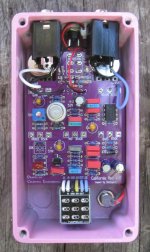Chuck D. Bones
Circuit Wizard
Nice work, James, see what you're started? 
There needs to be a WTF icon in the LIKE menu. I know I'd use it.
I remember when we used to talk about pedals...
There needs to be a WTF icon in the LIKE menu. I know I'd use it.
I remember when we used to talk about pedals...






